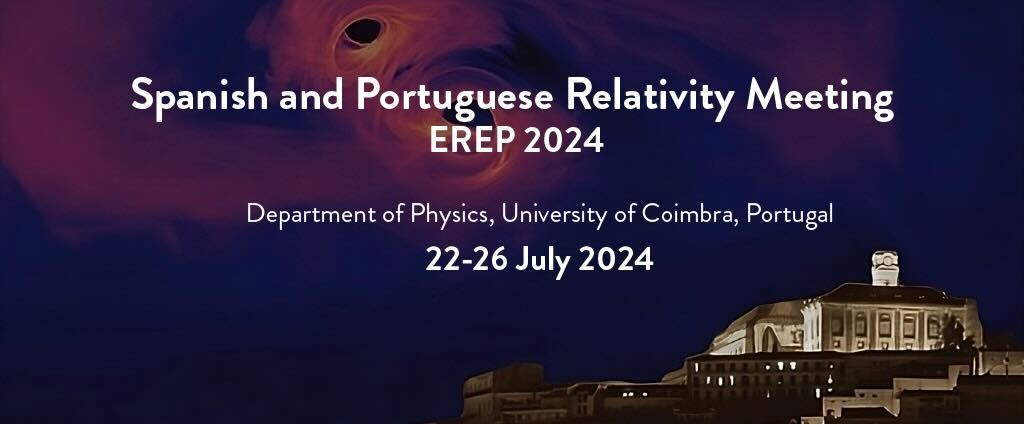Speaker
Description
General relativity (GR) is the most successful theory of gravity, with great observational support at local scales. However, to keep GR valid at cosmic scales, some phenomena (such as the flat galaxy rotation curves and the cosmic acceleration) require the assumption of exotic dark matter and dark energy. Similarly to the mass-luminosity relation or baryonic Tully-Fisher relation (BTFR) and the mass-discrepancy acceleration relation (MDAR), which are observed in galaxy rotation curves, the radial acceleration relation (RAR) indicates a tight correlation between dynamical mass and baryonic mass also in galaxy clusters that allows room for modified gravity theories without exotic magnitudes. Modified Newtonian Dynamics (MOND) is an alternative theory for explaining some cases of flat galaxy rotation curves by using a hypothetically constant cosmic acceleration $a_0$, the so-called Milgromian parameter. However, this non-relativistic model does not provide satisfactory cosmologies, and it is too rigid (with insufficient parameters) to fit the large diversity of observational phenomena. In contrast, relativistic MOND-like gravity naturally emerges from the hyperconical model, which derives a fictitious acceleration compatible with observations (Monjo 2023, Monjo and Campoamor-Stursberg 2023). This study analyzed constraints for the hyperconical model to RAR observations of 10 galaxy clusters obtained from the HIghest X-ray FLUx Galaxy Cluster Sample (HIFLUGCS, Lie et al. 2023), and of 60 galaxy rotation curves collected by McGaugh (2007, 2016). The results showed that a general relation can be fitted to most of the cases with only one or two parameters, with a significant Chi-squared p-value. These findings suggest a possible way to complete the proposed modification of general relativity at a cosmic scale.
References
- McGaugh et al. 2007, Astrophys. J. 659, 149.
https://doi.org/10.1086/511807 - McGaugh et al. 2016, Phys. Rev. Lett.
117, 201101, https://doi.org/10.1103/PhysRevLett.117.201101 - Monjo 2023, Class. Quant. Grav. 40, 235002,
https://doi.org/10.1088/1361-6382/ad0422 - Monjo and Campoamor-Stursberg
2023, Class. Quant. Grav. 40, 195006,
https://doi.org/10.1088/1361-6382/aceacc - Li et al. 2023, Astron.
Astrophys. 677, A24 https://doi.org/10.1051/0004-6361/202346431
